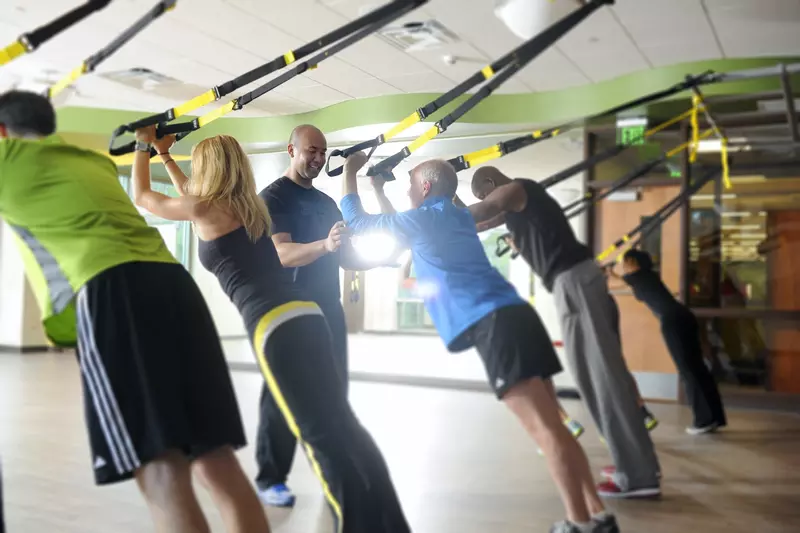- AdventHealth

You get up every morning with the intent of using the exercise equipment that sits quietly in the corner. Or perhaps you see the walkers go by every Saturday and you think to yourself "What a great idea; I'll start walking". Those thoughts are all too often replaced with the activities of your busy day and are no longer at the top of your things to do list.
This is a cycle to which many can relate. However, as busy as you are, the benefits of exercise will outweigh the inconvenience. You should discuss any exercise program with your physician prior to starting, but it all begins with you. If you have the desire to be active, your healthcare team can guide you to activities in which you can safely participate.
Exercise is an important component to maintaining your overall health, including the health of your spine. A Japanese study demonstrated that a physician -prescribed and monitored home- exercise program consisting of trunk muscle strengthening, and stretching exercises, was more effective for chronic low back pain than non-steroidal anti-inflammatory agents.1 Research has expanded to assess the value of not only home exercise programs, but other exercise methods including Pilates for individuals experiencing back pain.
You may be familiar with Pilates. It is a set of exercises focused on strength and flexibility. Specially designed equipment is utilized to train core muscles. What are core muscles and why is core muscle strength important? Your core consists of your abdominal and back muscles. If any of these muscles are weak, extra effort must be generated from your spine to compensate. This increased effort can potentially lead to the development of back pain and injury.
A Chinese randomized controlled trial concluded that a Pilates-based exercise therapy approach was beneficial in decreasing non-specific chronic low back pain and disability.2 You might be thinking that this sounds interesting and shows a potential benefit to you; but regardless you couldn't possibly do Pilates. That may not be true. One study showed a small improvement on thoracic kyphosis in healthy individuals over the age of 60 that participated in a Pilates program.
Prevention is the first step in healthy living and spine health is no exception. The number and type of available exercise programs is growing. Please look for programs in your community.
References
Shirado, O., Doi, T., Akai, M., Hoshino, Y., Fujino, K., Hayashi, K., et al. (2010). Multicenter Randomized Controlled Trial to Evaluate the Effect of Home-Based Exercise on Patients With Chronic Low Back Pain The Japan Low Back Pain Exercise Therapy Study. Spine , 35 (17), E811-E819.
Rydeard, R., Leger, A., and Smith, D. (2006). Pilates-based Therapeutic Exercise: Effect on Subjects with Nonspecific Chronic Low Back Pain and Functional disability: A Randomized Controlled Trial. Journal of Orthopaedic and Sports Physical Therapy , 36 (7), 472-484.
Kuo, Y., Tully, E., and Galea, M. (2009). Sagittal Spinal Posture After Pilates-Based Exercise in Healthy Older Adults. Spine , 34 (10), 1046-1051.



